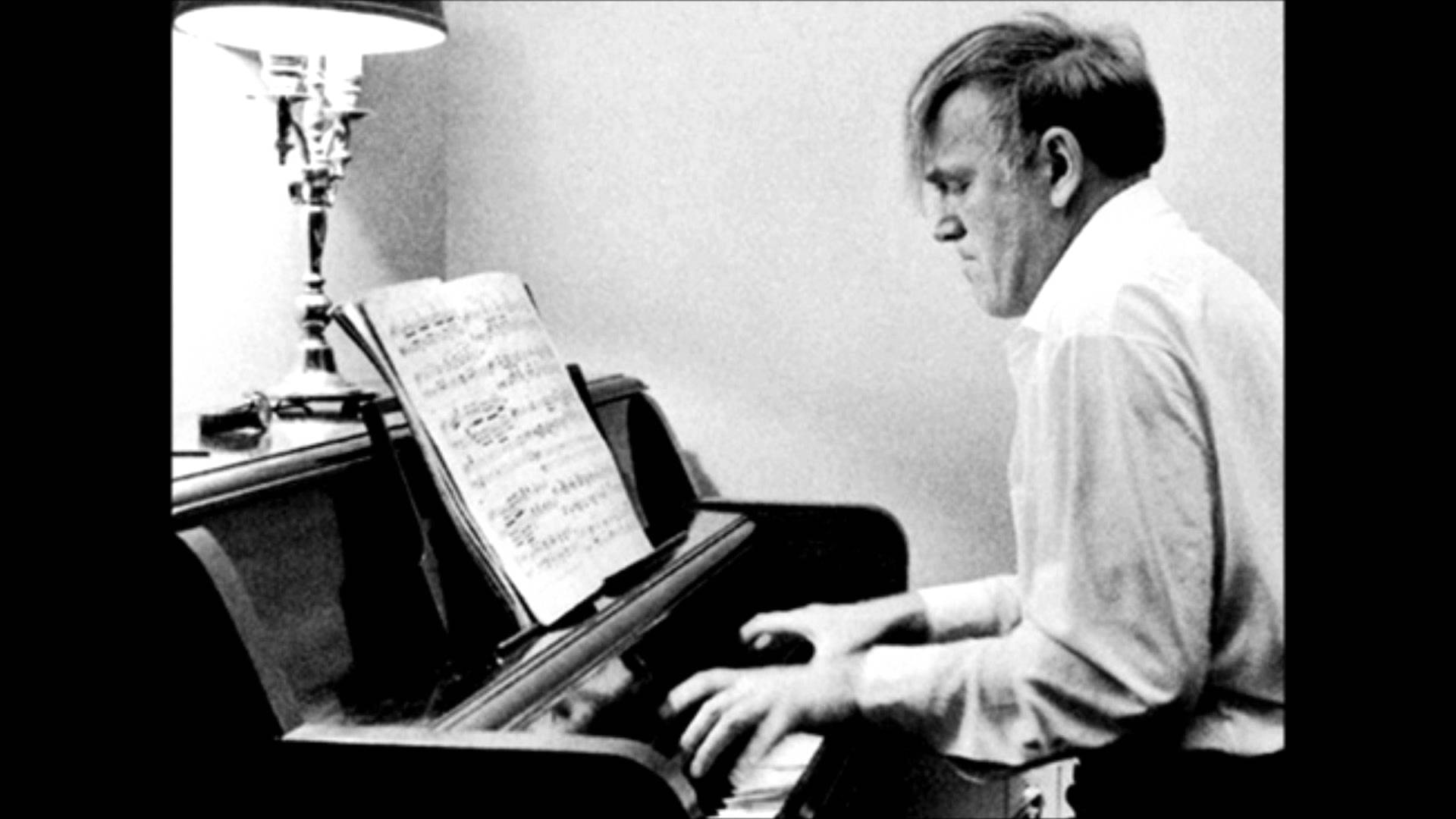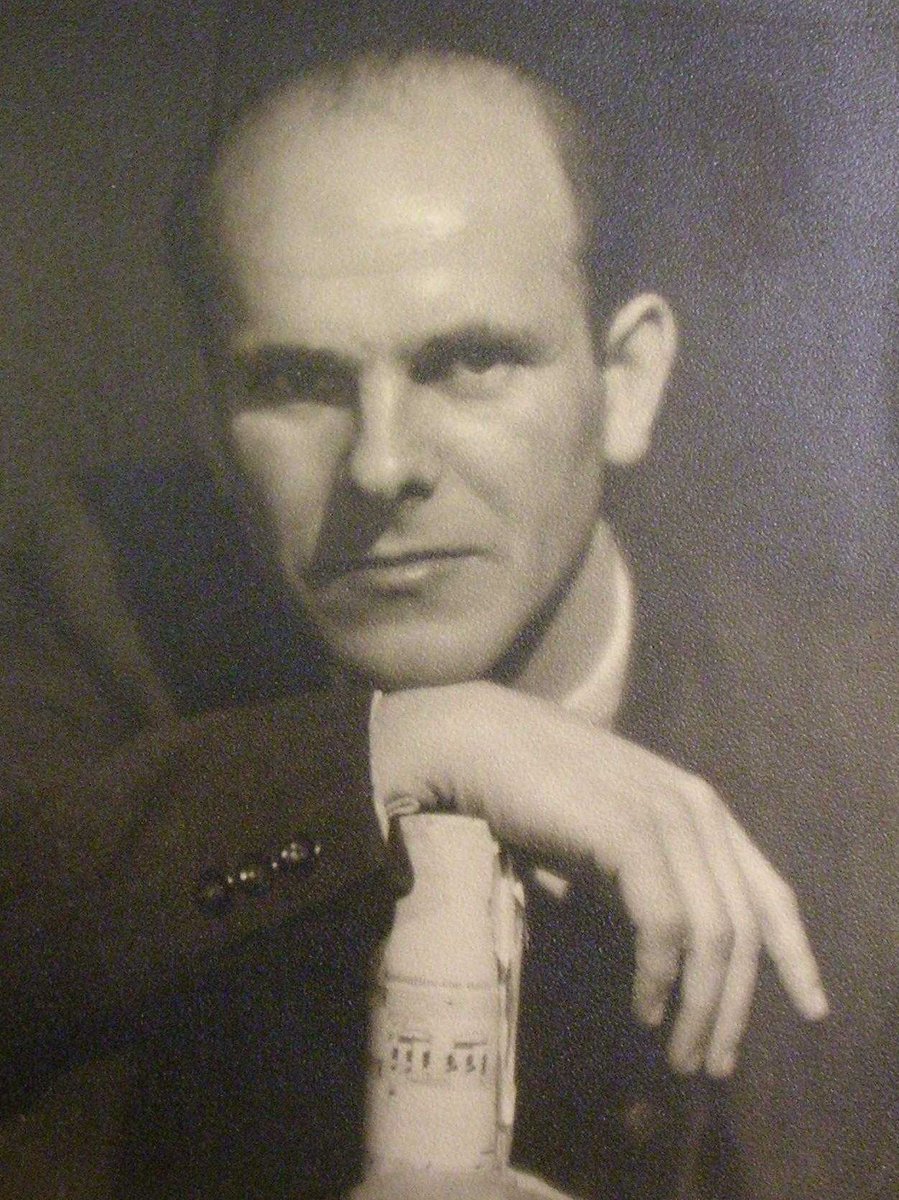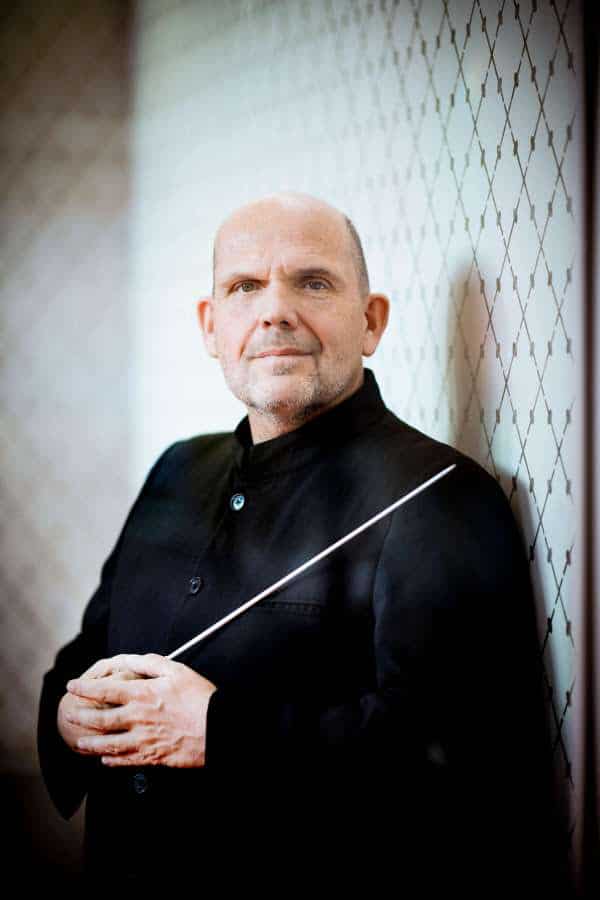Lost recording: Richter plays opus 110
mainA live performance from 1951 – inimitable.


Leo Geyer, a doctoral student at Oxford University…

The US violinist has posted this message on…

Memo to Peter Gelb: Don’t read the Opera…

The Dutch conductor, ousted after a six-year spell…

Session expired
Please log in again. The login page will open in a new tab. After logging in you can close it and return to this page.
Inimitable…. and unsurpassingly beautiful.
Richter was always great, but he was greatest in his live performances.
This takes my breath away. Merci, NL!
Awesome!
An admirable and generally fine performance. Very passionate . 2nd mvt was the only one I think he didn’t quite capture. But why be picky? A great artist! Thank you for sharing it.
His Beethoven late sonatas (No.29 onward) are really special stuffs.
The 1st mvt has a serious left hand problem. From the nature of the music it can be concluded that this extremely simple figure has to be played in a very equal way, as a gentle, unobtrusive background to the melody. Almost all pianists put their restless nerves into the left hand, destroying the delicate balance.
Richter plays the 1st mvt in a restless way. It is beautiful playing but it lacks the intimate and, above anything else, the quiet poetry of the music.
Most pianists simply don’t get the music. It’s not a matter of talent, but of personal imagination and sensitivity.
For instance, Pollini does not understand the music at all:
https://www.youtube.com/watch?v=wak44qi0PRI
This is Richard Goode’s rendering, so much better at understanding the music:
https://www.youtube.com/watch?v=aDHIovyhfpU
The best rendering is Brendel’s:
https://www.youtube.com/watch?v=nPIL3Z_9jaA
Here is Gould, accompanying his own sung version of the music and adding his explanations:
https://www.youtube.com/watch?v=M1yVFZrp9dc
With all due respect, but the people who put their thumbs down under such good information have no ears, and don’t know the music.
I beg to disagree to some extent on “intimate … quiet poetry”. I have come to realize that there is a deeply disturbing undercurrent to the first movement, beautiful and simple as it seems, and the driving left-hand semiquavers are part of that essential tension. But perhaps it is a matter of individual interpretation. Thank you for the other links. (P.S. I gave you a thumbs-up!)
Thank you, and yes I recognized your thumb.
If Beethoven had wanted to suggest a deeply disturbing undercurrent in the 1st mvt, he would certainly have written a very different left hand figuration. I think you take Richter’s rendering as something embedded in the score, while it is Richter’s own deeply disturbing undercurrent. There are many things that cannot be notated.
If he had wanted an entirely peaceful effect he could have written a much smoother LH Alberti bass accompaniment; the repeated chords are more effortful for the pianist, and cannot be played legato. I think the tension, the difficulty, is indeed embedded – the soaring beauty of the RH against the stubborn insistence of the LH, moving relentlessly onto the next beat – and the next modulation. But of course the balance needs to be kept, as I think Richter does. One could discuss Beethoven’s piano sonatas for ever!
This is an entirely legitimate interpretation.
But the extremely simple left hand figure can be seen as expressing exactly that: extreme simplicity. There are many moments of almost ‘nothing’ a little bit further down the line, where very sparse notes in the discant sound like echos of some far-away bells, and very simple two-voice counterpoint which is very easy to play. Etc. etc.
How is it that this is a “lost” recording, when it was issued in 2012 by the Moscow Conservatory Label? (https://www.discogs.com/Sviatoslav-Richter-Mozart-Beethoven-Schubert/release/8385652). Not the 1st time Classical Piano Rarities has passed off a recording that they don’t have rights to as a discovery (and stepped around this issue by giving incomplete information as to the provenance). I think you should vet these “discoveries” more carefully. There is copyright held on this by the Moscow Conservatory label.
This,with the Zagreb performance(1986-not on Utube) is very high standard of Richter in this sonata.